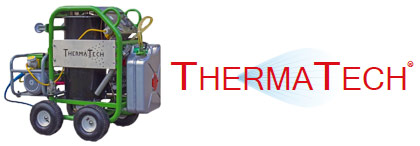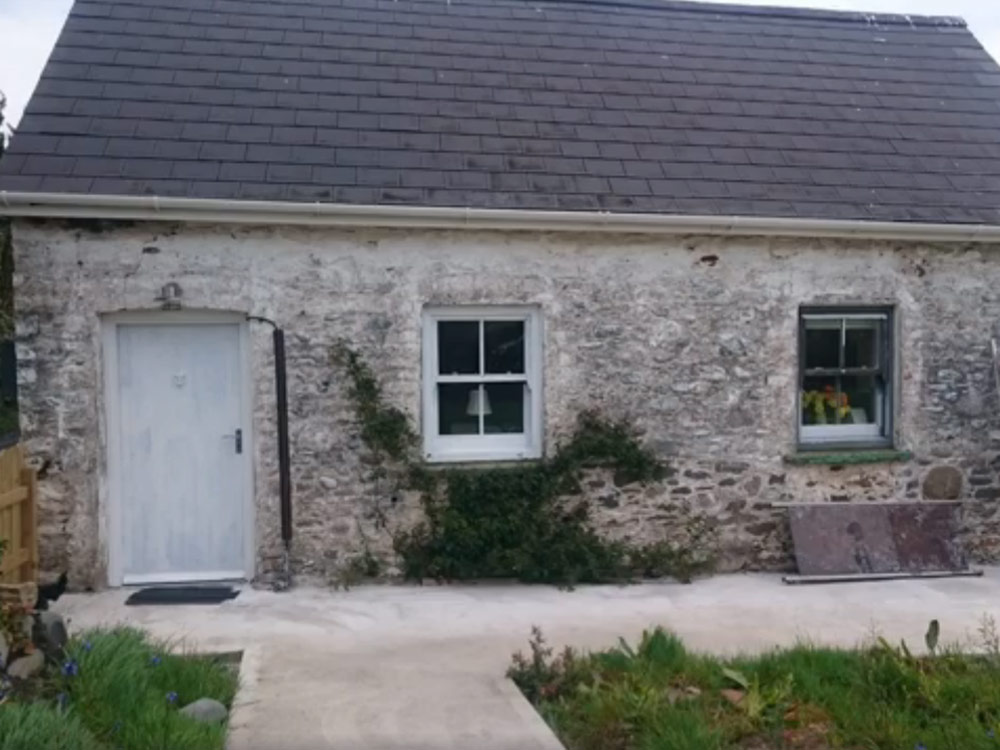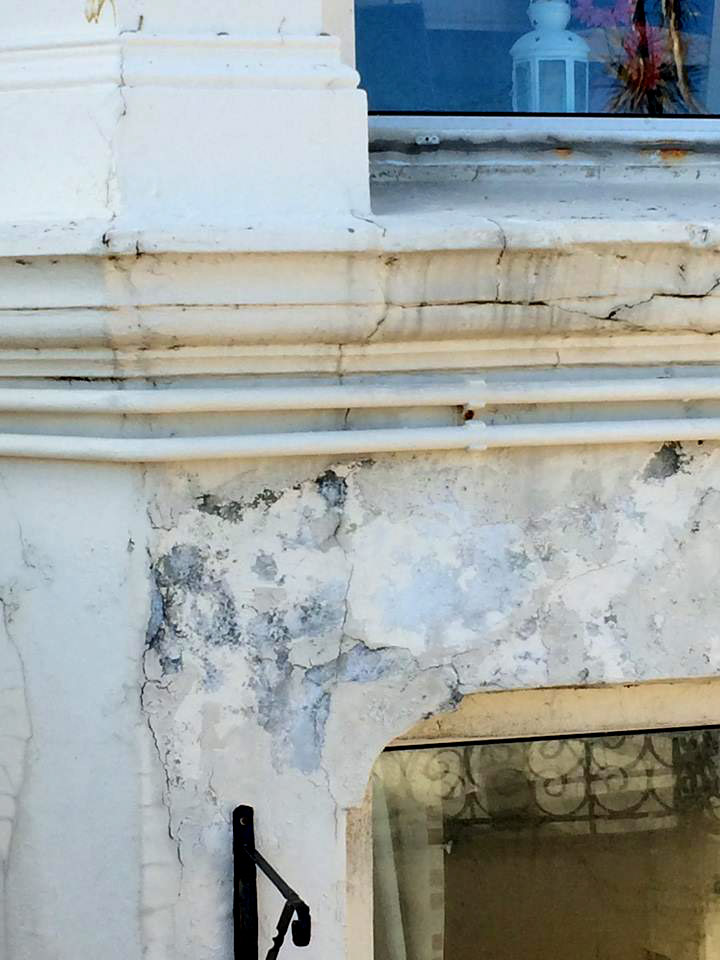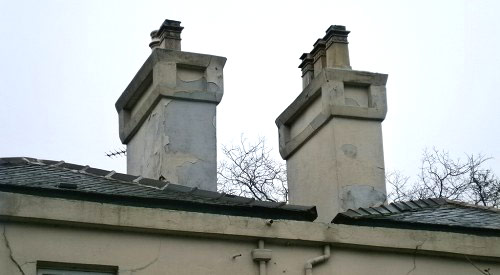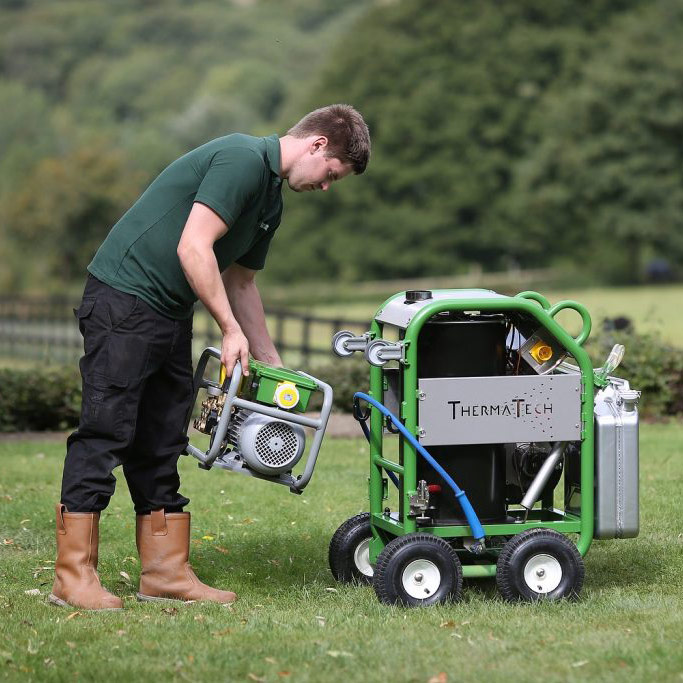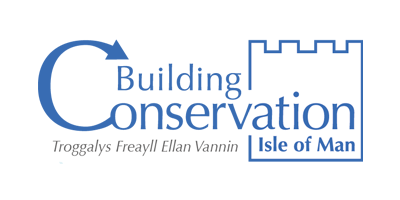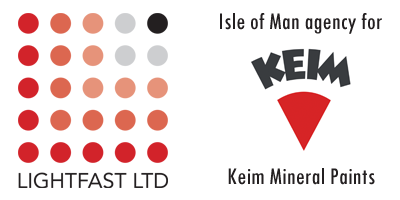Paint Removal
We are able to quickly and safely remove flexible paints and surface treatments as well as non-temperature responsive coatings such as cement, mineralic and lime based paints – without the use of chemicals.
Paintwork removal falls into three areas: the old-fashioned oil and lead based paints, more modern plastic-based paints, or a combination of both.
Heat
We use the ThermaTech range of equipment which produces superheated water at temperatures up to 150ᵒC, for the purpose of paint removal and coatings removal on heritage and other structures. The high-temperature is ideal for demanding jobs such as paint stripping and removing the non-breathable paint from masonry. ThermaTech has the ability to remove most modern polyurethane and latex paints without the use of chemicals.
Chemicals
Sometimes it is necessary to use a selected paint softening products in combination with our ThermaTech machine. We use the highly rated Keim mineral paints high strength paint softener, STS 7M. As a KEIM representative, we are ideally placed to also advise you on re-coating with one of Keim’s breathable masonry paints or specialist coatings.
Abrasion
We are also able to use abrasive injection for super-heated water allowing us to quickly and safely remove non-temperature responsive coatings such as cement, mineralic and lime based paints.
Exterior & Interior paint removal
ThermaTech can be used both internally and externally. The ThermaVac vacuum chamber allows most debris to be recovered within a unique ‘catch tank’ system. This ensures that there is not only reduced mess, but all debris can be disposed of appropriately. Only clean water is released back into the environment.
Consultancy
There is a wide variety of reasons our clients may choose to have a building paint stripped but the most common reasons are to expose the original brickwork and the need to remove older failing or incorrect paint coatings which are trapping in moisture and causing damp within the building.
Initially, and prior to any work being commenced, a discreetly positioned test panel will be undertaken to assess and identify the substrate, the soiling types and if any, the coating deposition. This will also enable assessment of the underlying masonry, its type, its colour and the pointing and repairs required. It is then possible to provide a plan of action in close liaison with clients and/or architects and conservation officers.

